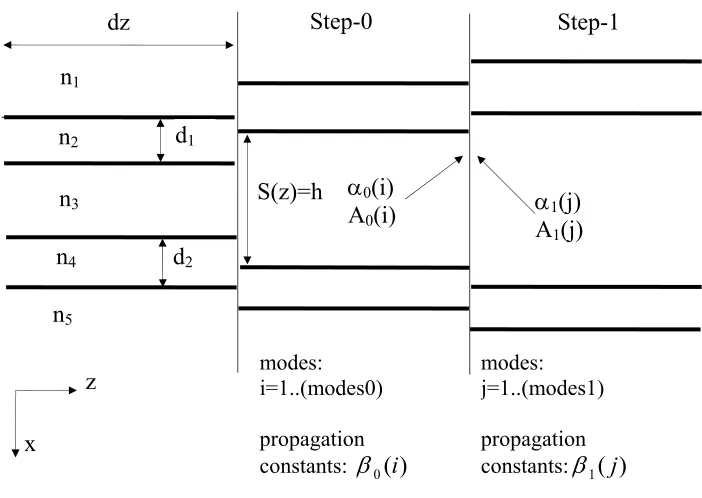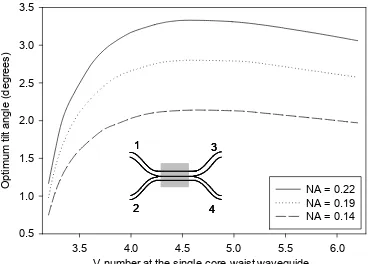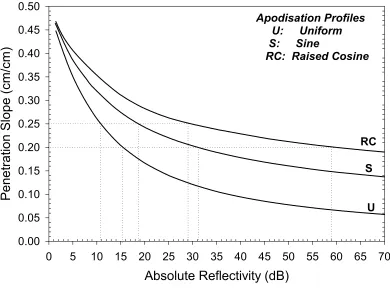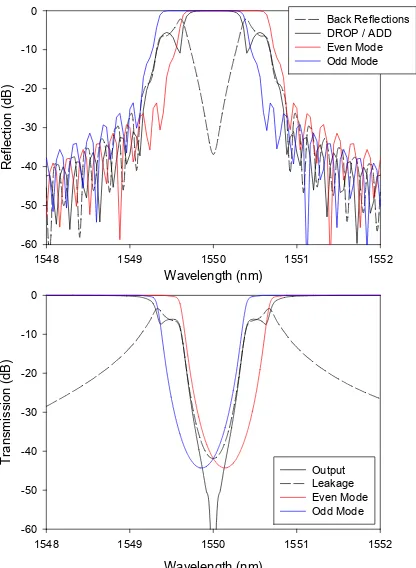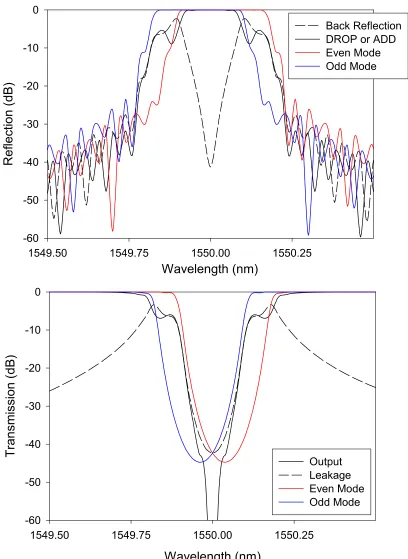Advanced Bragg grating based integrated optical devices for wavelength division multiplexing systems
Full text
Figure
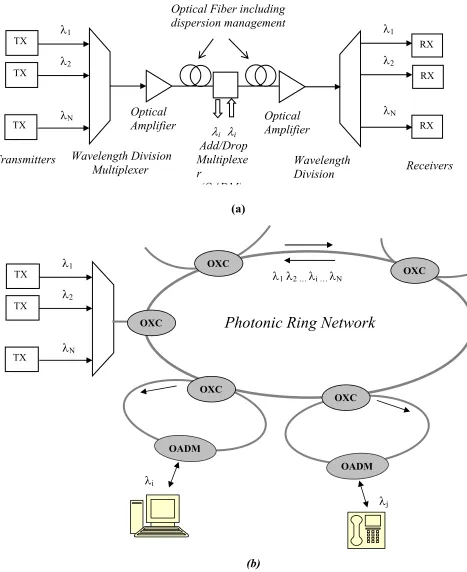
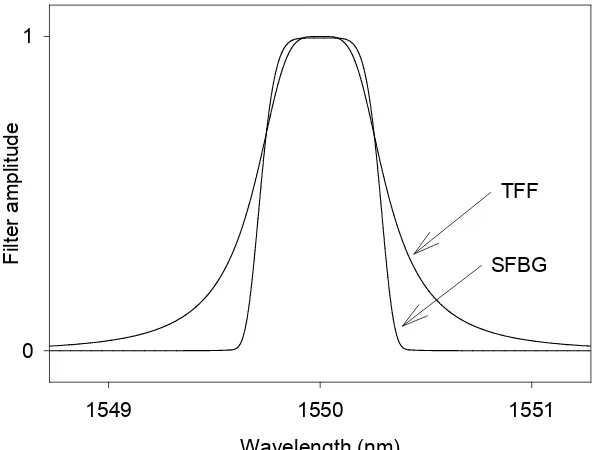
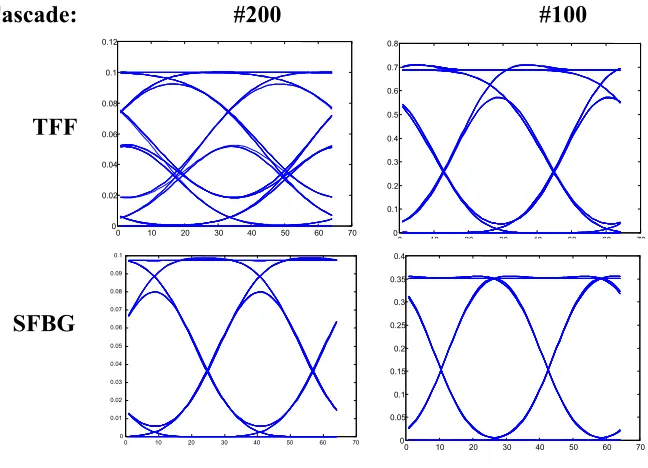
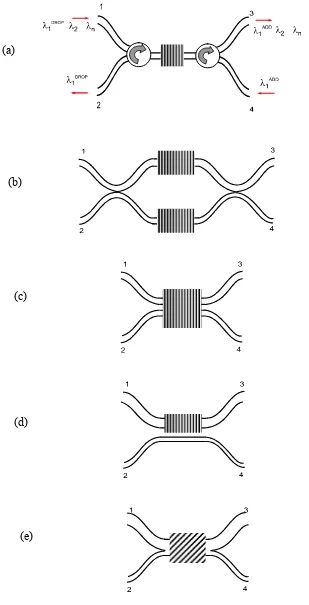
Related documents
The current study will include a systematic experimental study to quantify the effect of each geometric parameter (airfoil thickness, blade aspect ratio, chord-by-radius ratio,
In spite of the notable commitment by the majority of the NGOs extending foreign aid meant for improving the housing infrastructure in Kibera, the area still lags
Considering only patients with definitive histological diagnosis of CIN (diagnosis performed by the expert pathologist) the senior group identify the worst area of the cervical
In summary, none of the synthetic oligomannosides investi- gated in the present work were shown to induce any significant cytokine production in the human white blood cell.. One
The parasite, Toxoplasma gondii , that causes the disease which belongs to the phylum Apicomlexa, is considered to be of most important pathogen that emerges
This suggests that meiotic segregation is normal in Yu‘ unfertilized eggs, but that fusion of the meiotic products is abnormal, occurring too early, before coordination
The prevalence of regular diet- ary supplement use reported by dermatologists and orthopedists in this survey (59% and 50%, respectively) was similar to the prevalence of use
